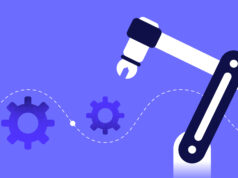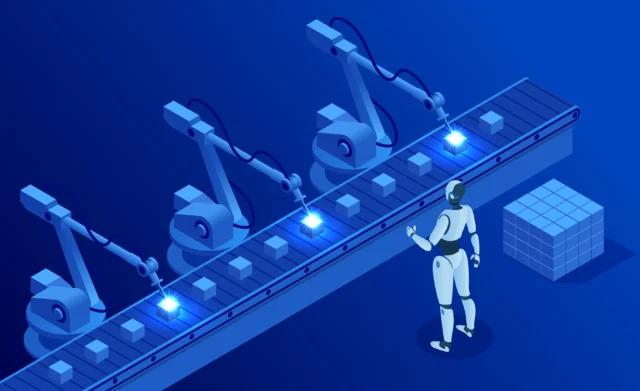
There will always be a need for security, but the industry is changing fast. Security companies are having a tough time finding and retaining qualified talent. The combination of higher costs of living and exposure to high-risk conditions has made some people consider other career opportunities. Incentives like signing bonuses or wage increases can help, but the security company will have to bear the brunt of reduced profit margins.
While security companies and businesses will always need people to fill security roles, some companies are also looking at technological tools to help address this issue.
Machines and the security sphere today
AI and automation have their place in the security industry, but one may wonder if they can be efficient in all security-related tasks. For instance, how well can technology distinguish between people and inanimate objects at entry points and perimeters? Can it identify potentially harmful people who happen to have access, or flag tailgating attempts?
Companies that build AI and tools for security are hoping that we’ll eventually get there. Many production and technology companies that have always incorporated aspects of automation into their practices are strengthening their efforts to make AI part of all areas of their business. This strategy has the potential to cut costs for these businesses, but there’s more to it than that.
Automation increases employee satisfaction by making their jobs easier in some way. Rather than performing manual checks every other hour, security guards can leave the task, at least in part, to AI. This is one way progressive companies can cope with the labor shortage, as well as improve labor conditions for existing staff.
Addressing the industry’s labor shortage using automation
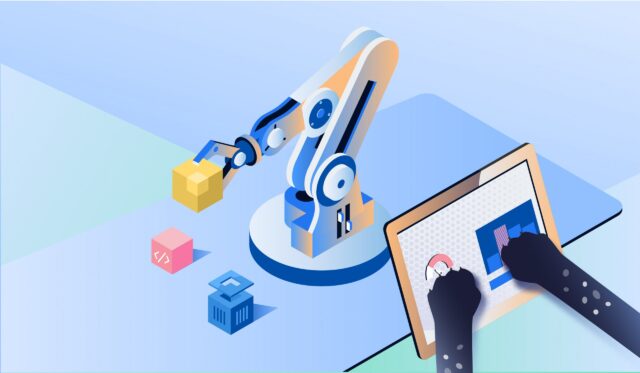
The security industry tends to be one of the first to implement technological solutions. That’s because companies are always trying to stay ahead of criminals. However, this new problem is driving companies to adopt AI for a different purpose. Here are some ways technological tools are making security better:
Quicker crime detection
Having security cameras active certainly helps deter crime – but it is not infallible. Unless your surveillance system uses real-time third-party monitoring, it’s easy for criminal actions to happen any time a guard steps away from their desk. AI cameras fill the gap created by passive monitoring by sending alerts the moment it detects suspicious activity. The system allows owners to create automatic triggers that set off sirens to frighten the intruder. Some technologies sense loud sounds, such as glass-breaking, while others can detect heat or changes in temperature.
Rather than watch hours of security footage to get evidence for a crime, these types of cameras isolate events so that authorities know exactly where to start watching. Security staff don’t necessarily have to be present.
Reducing monotonous tasks
When security guards have to perform tasks repeatedly, they lose time that could be spent on more significant responsibilities. Moreover, they probably get bored and lose interest in the job itself. With automation available to handle jobs of this nature, human employees can perform better.
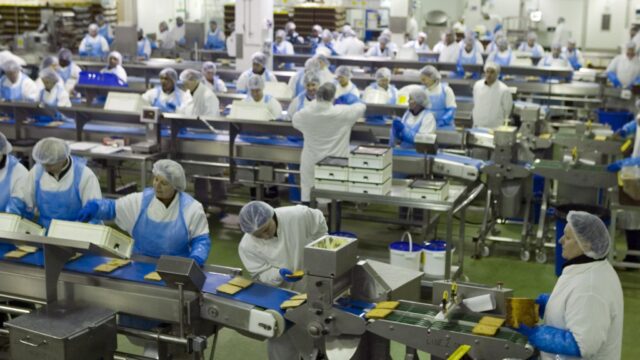
A good example is when security guards have to open and close gates several times during their shifts. Repeating the action over and over again can cause the guards to pay less attention to who comes in or leaves. Checking IDs or checking guests in is another example. Access control barriers will lift on their own with the correct credentials.
Automation also plays an important role in patrols. Guard tour solutions like Patrol Points have the power to assist security companies in patrol guard security. The software streamlines patrols by giving managers the ability to pre-schedule patrols. Guards only need a smartphone and the Patrol Points app to scan checkpoints while on tour. They can also attach photos or make notes as they go instead of having to use a pen and paper or save data in a different spot.
Automating risky tasks
Commercial businesses that do or may face dangerous tasks can make the workplace safer for people with the help of technology. Robots, controlled by people, can enter high-risk areas and share useful information.
Greater coverage
Businesses with large physical spaces need security with full and consistent coverage. Security teams sometimes have a smaller workforce than needed to secure large properties. Drones can cover wider areas that security guards cannot view. Companies that use these types of tools have an easier time keeping watch of such a large space with so few people.
Can AI and automation replace human security guards?
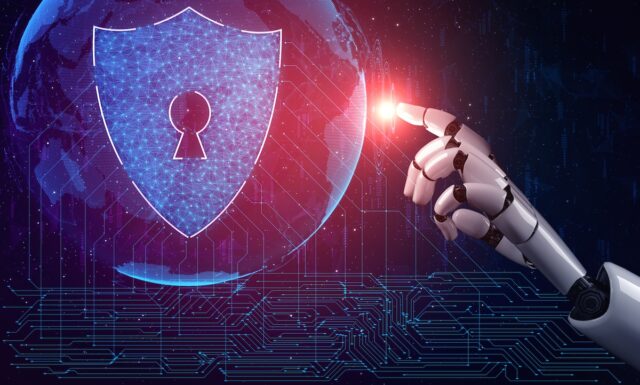
There is always a real and valid concern that robots and technology will replace people. While automation may eliminate certain responsibilities and low-skill jobs, there will always be a need for people. They are usually better at responding to unpredictable events, and people prefer to ask people for help.
Financial drawbacks
Much of the cutting-edge AI solutions are too expensive to purchase right now. Small companies can manage with essentials like alarm systems and real-time monitoring, but this might not be sufficient for businesses with large properties. For now, onsite guards might be a better solution, even if there are fewer of them.
Limited scope of security androids
The current functions of security robots are still in their infancy. Automated guards cannot always make judgments on their own or discern potentially harmful situations. They lack the sensitivity that seasoned guards have developed.
Poor adaptability
Unlike human security guards, who can refine their methods to adapt to an ever-changing world, AI tools need more time to adjust. There is still a lot of growth to be achieved with artificial intelligence. Security officers develop this readiness as part of their training.
Reliance on human intervention

In businesses where the security needs are automated, there is still a great level of dependence on human guards when action is needed. CCTV cameras can reveal an ongoing robbery, but human input is necessary to stop the theft. Automated security tools are prone to vandalism – but the mere presence of uniformed security guards can deter criminals.
Merging automation and human security staff
Security companies can begin to see revenue growth by rethinking their strategy to include technology. They may have little control over the size of their workforce, but have to meet clients’ needs regardless. Smart surveillance tools designed to operate alongside human guards will provide a more expansive approach to commercial security.
Automated tools are immediately ready to work, and this is necessary as time is crucial to crime prevention. Break-ins occur quickly and every second counts.
The safety of security personnel is another issue an integrated approach solves. With the right technological tools, guards are aware of what is happening before stepping in to remedy the situation. This is necessary for their safety as these responders risk being unfairly exposed when they enter a high-risk situation blindly.
Conclusion
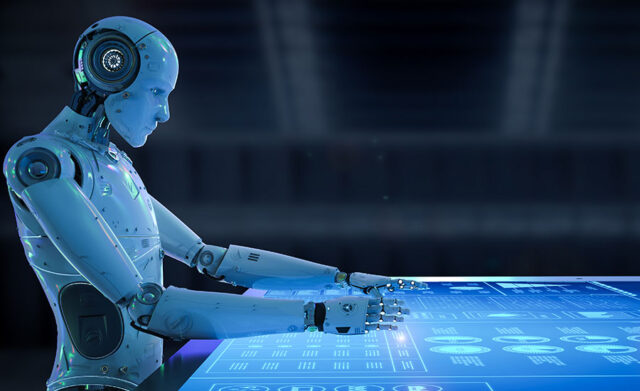
Automation can help both large and small organizations faced with the challenge of a security staff shortage. A blended approach begins first with businesses expressing their desire to bring automation to the workplace. Provided that security companies set up the tools correctly and continually monitor them, organizations will fulfill their critical security needs and guards may even get more enjoyment out of their jobs.


